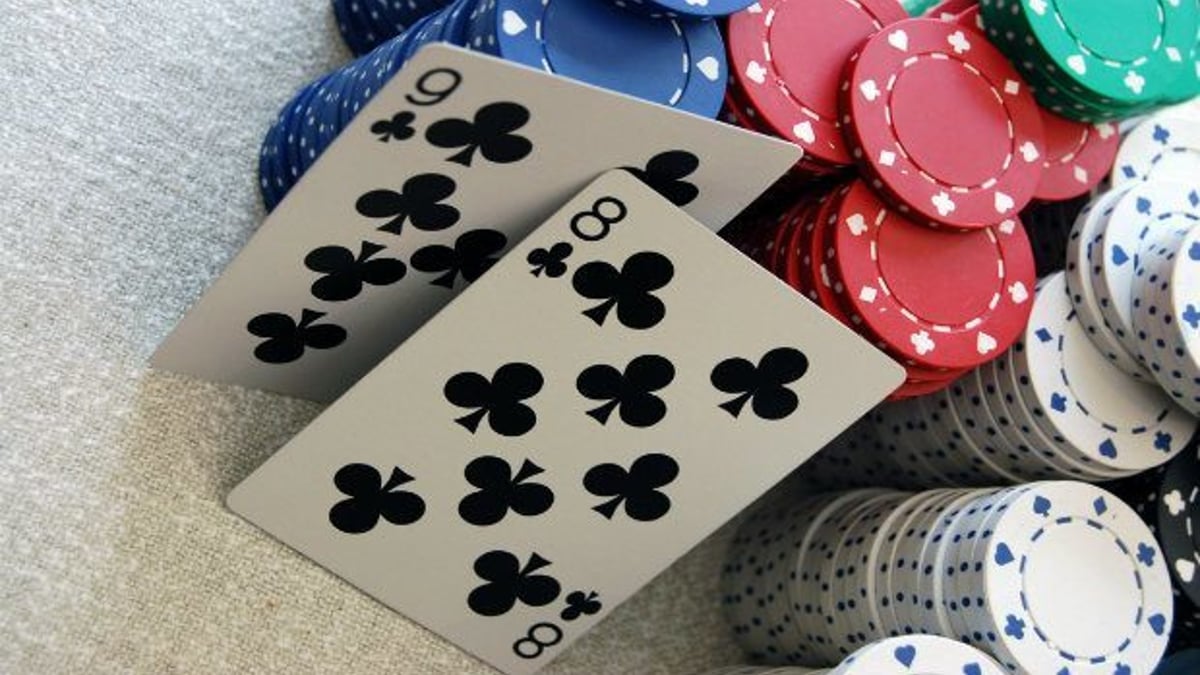Poker Strategy: Raising with Suited Connectors

Suited connectors - hands with consecutive cards from the same suit - can be played well in volume pots.
","
Suited connectors - hands with consecutive cards from the same suit - can be played well in volume pots. In such pots, typically more than four players reach the flop. This is also known as the third street. 98s is an example of a suited connector, which can be used for playing big flops. These are flops that you can land a Straight or Flush draw. Both have the potential to become winning hands. They can land the big pots.
Visit one of our recommended mobile poker app, you will get the best possible experience.
Consider Position After the Flop
If you have suited connectors in hand, you can raise with them. One of the key factors to consider when raising with suited connectors, is your position. The hand should not be used to re-raise or call a raise if you are in an early position. In a late position, if you have an opponent who has made a weak raise, you can play suited connectors after the flop. Ideally, this should be done if you are sure that your hand has the strength to beat your opponents.
Suited connectors are hands with the potential for draws. There are other hands that can beat them into the pot. Therefore, you should be careful when deciding to enter the pot with the connectors. Ideally, the cards should be played pre-flop, as they can make hands, which can bring in big pots.
Play Aggressively in Short-Handed Game
In a short-handed game with 6 or less players, you can play suited connectors aggressively. This means that you should raise when possible. With this kind of game-play, you have a good chance to win the pot. You can make the best of your hand on the flop if you use a continuation bet. Sometimes suited connectors can make winning hands by showdown.
Make sure to use aggressive raises based on the actions of your opponents. For instance, if an opponent is re-raising you, it is best to re-evaluate the strength of your hand. If you are not sure that it can land a big win, it is best to fold the hand without contributing much to the pot.
Types of Suited Connectors
Hands with JT (Jack and Ten) and higher are not referred to as suited connectors. This is because these hands are generally very strong and can be played differently from suited connectors. Suited connectors JT and lower can be divided into three groups, high suited connectors (KQ, JT and QJ), middle suited connectors (T9, 89 and 87), and low suited connectors (67, 65, 43, 45 and 32).
Low Suited Connectors
If you have a hand with low suited connectors, it is best to not play them. This means that you should not call, raise, or check with these hands. There are two exceptions to this. One is when you are the big blind and your opponents have not raised, and if you are the small blind and you are at an advantage. For instance, you can play and even raise in a game, in which five opponents have limped to the pot and its unlikely that the big blind will raise.
However, you should play these suited connectors carefully in situations where you have to assess the probability of the big blind raising. In case the evaluation is incorrect and the big blind raises, your hand will most likely become muck.
Middle Suited Connectors
You can call or raise with middle suited connectors, particularly if you have an image as a tight player who plays only high value cards, like big pairs. Then, there is a good chance that your opponents will think that you have a very strong hand. This can be deceptive, which will work in your favor.
When playing middle suited connectors, there are two factors that you should take into consideration. One, only opt for a raise if you are sure that you want to make a big wager, and be prepared to bet on the flop. When you raise with a middle suited connector, you are indicating that you have a big hand. The second factor should be your image as a tight-aggressive player. This will help when you raise with suited connectors, and attempt to deceive your opponents. If not, your raise with these suited connectors will not have an impact.
High Suited Connectors
High suited connectors like KQs increase the probability of landing a Flush draw, top pair, or Straight draw (open-ended), by 2.5% when compared to middle suited connectors. The hands are quite powerful because they come with the potential to land big hands and draws.
When you have this hand you should consider two key factors, the strength of your opponents’ hand and the position in which you are playing. For instance, if you are in late position with QJs and your opponents have not wagered (except for the big and small blind), your hand is likely to win. You should ideally call raises only if you are in position. If your opponent has a weaker hand than yours, you can make raises.
Stay In The Loop With New Casino Sites & Offers!
Free Spins. Exclusive Bonuses. Sent Weekly.








